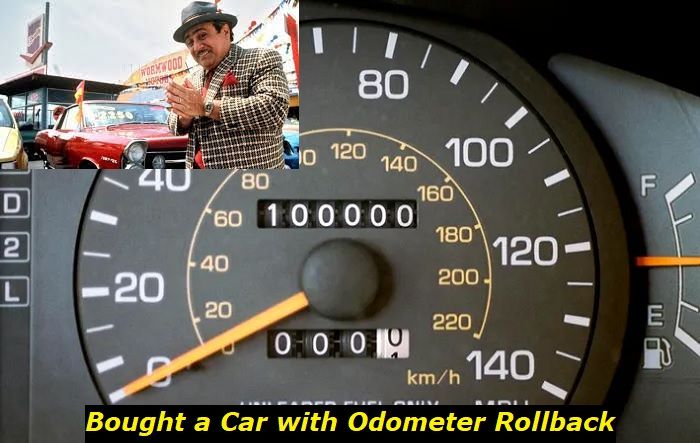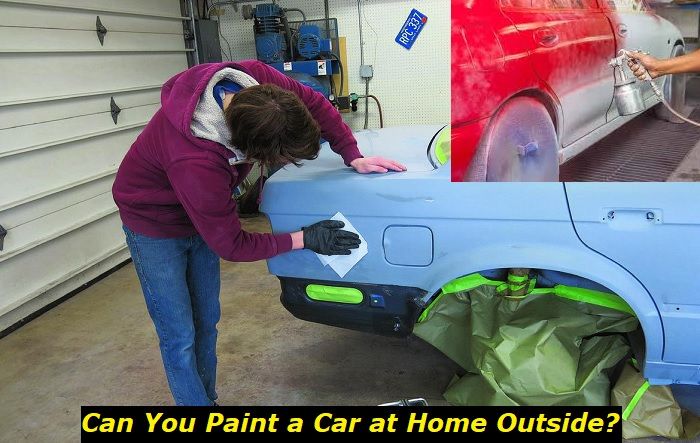Honda Civic cars have been in the market for 50 years. So far, they have enjoyed a strong following from buyers and car enthusiasts alike for their compact yet sporty looks coupled with practical features, fuel-efficient operation, and high level of drivability.
Charging system problem message highlights
- Common reasons:alternator issues, dying battery, wiring problems
- How to fix:check the battery, check the alternator, take it to a good mechanic
- Possible consequences:the car may eventually refuse to start
- Priority level:High
- Can you drive?Yes, but not long
- DIY repair:Possible, sometimes complicated
- Repair price range:$150-$450
.jpg)
A Quick Look at the Charging System of the Honda Civic
The charging system is responsible for providing enough power to ensure the correct function of your Honda Civic's electrical system. This system is primarily made up of the alternator that's responsible for producing electricity, and the battery that stores the generated electricity until it's needed. The other parts of the system typically include the voltage regulator, the starter, the wiring harness, and the engine control unit (ECU).
If the charging system fails, the car will not be able to operate properly. The battery will not be able to get enough charge to start the engine. This will also force your car to rely on the stored energy of the battery alone, which can quickly shorten its battery life. Likewise, the alternator will fail to generate enough electricity to keep the car running.
Symptoms of Charging System Issues in the Honda Civic
The most obvious outcome of the "Check Charging System" warning light in your Honda Civic is that its battery will not be able to replenish its power, and this can lead to all sorts of electrical and performance issues.
One of its immediate effects includes either having a hard time starting the vehicle or totally failing to crank up the engine. This is because the charging system is responsible for supplying power to the ignition system, and without it, even a simple operation such as starting the car will be a real chore.
The problem may also result in sudden stalling while idle or driving, which can leave you stranded on the side of the road. It can even be a cause of collision or accident if your car abruptly seizes while you're in busy or fast-moving traffic.
The other effects that can be as equally problematic include loss of power in steering, failure of the power brakes, and the headlights getting dim or flickering.
Overall, the charging system is responsible for a lot of important functions in your Honda Civic. When it fails, it can be very inconvenient or dangerous for you as a driver or as a passenger. Not being able to start your car, having poor visibility due to dim lights, not having enough power to operate your vehicle's electronic equipment, or even having the engine stall can all make it difficult to get your auto around conveniently and safely from one place to another.
Possible Causes and Solutions
The most common factors triggering the "Check Charging System" warning in the Honda Civic are the following:
1. Faulty Alternator
An alternator is a device that produces alternating current (AC). With that, it is an important component in the charging system of a Honda Civic. The alternator charges the battery and powers the electrical system when the engine is running. A problem with the alternator can cause the battery to lose power and eventually die.
To check a faulty alternator, start by making sure that the battery is fully charged and is not yet due for replacement. Next, start the engine and turn on all the electrical accessories. If the headlights flicker or dim when the engine is running or the electrical components like the radio or displays are also malfunctioning, the alternator is most to blame and may need to be replaced.
The easiest way to assess the alternator is through visual checks. If you see any sign of damage like cracking, burning, or just about any physical damage in it, that's a signal that it might need to be changed.
As an alternative, you can check the alternator with a multimeter. Simply set the device to DC volts above 15 and connect the probes to the terminals. The multimeter should read at least 12.6 volts. If the voltage is lower than that, it means that the alternator is no longer working properly and needs to be replaced.
2. Drained Battery
A dead or dying battery is another common factor that can trigger the "Check Charging System" warning in the Honda Civic. If the battery is not charging as it should, it will eventually run out of juice and kickstart various electrical problems in your Civic like charging issues.
The best way to guarantee the proper operation of your battery is by following the required replacement interval of its maker or by Honda.
If your battery is not yet due for replacement but you suspect that the problem is originating from it, another way to confirm your suspicion is via a voltmeter.
Just connect the voltmeter to the battery terminals and let the engine idle for about 5 minutes. The voltmeter should read between 13 and 14 volts. If the voltage is lower than 13 volts, the battery is not charging properly and needs to be replaced.
On the other hand, if the testing is conducted while the engine is off, the battery should read between 12.6 and 12.8 volts. Anything lower than the said range means the battery may already be drained and you need to buy a new one.
3. Loose or Damaged Alternator Belt
The alternator belt is a key component in the charging system of a Honda Civic. It is responsible for transferring power from the engine to the alternator. If the belt is loose or damaged, it will not be able to transfer power well, which can cause the alternator to fail.
To check the alternator belt, start the engine and turn on all the electrical accessories. If the headlamps are dimming when the engine is running and squeaking noises are emanating from the engine bay, these may be red flags saying that your alternator belt may be loose.
If the alternator belt is loose or damaged, it can cause the "Check Charging System" warning to be displayed on the dash. Some possible ways for your mechanic to fix the problem is by tightening the belt with a wrench if it's not yet showing major wear or impending break. However, if the belt is already damaged or is close to snapping, it will certainly need to be replaced.
4. Loose or Damaged Wiring
If the wiring or connectors are loose or damaged, they may not be making a good connection with the battery or alternator. These can cause loss of power and trigger the "Check Charging System" warning.
One way to fix this is by cleaning the corrosion in the wiring. To clean the corrosion, first, make sure that the engine is off and the battery connections have been detached. After that, locate the wires going to the alternator. The wires should be tight and not damaged.
If the wires and connectors are only dirty, you may use a wire brush plus a cleaning solution to clean the corrosion off of them. Once they are clean, use a sealant specially made for wires to protect them from future corrosion.
Should the wires show any kind of damage, they will have to be replaced right away.
5. Faulty Voltage Regulator
The voltage regulator is a component in the charging system of a Honda Civic that controls the current going to the battery. If the voltage regulator is not working properly, it can be the root of your charging system troubles.
To check the voltage regulator, begin by making sure that the engine is off and then locate the regulator. The regulator should have two wires going to it. One wire should be red and one wire should be black. Check the continuity between the two wires with a multimeter.
If there is no continuity, or if the resistance is infinite, then the voltage regulator is surely faulty and needs to be replaced.
6. Malfunctioning ECU
Basically, the ECU is a computer that controls the engine. If the ECU is not working right due to software- or hardware-related issues, it can cause the "Check Charging System" warning to be displayed on the dash. To check the ECU, first, make sure that the battery is disconnected. The ECU should be replaced if it shows signs of serious physical damage.
In many instances, flashing the ECU can often fix problems affecting the charging system of your car. To do this, your mechanic will have to use flashing software, which will then be utilized to install the updates or reconfigurations to your ECU. Once the flashing is complete, the engine will have to be started to complete the process.
Conclusion
Not all Honda Civics are prone to the "Check Charging System" issue, but this may happen to any of them or just about any vehicle as their electrical components ultimately take a toll from regular wear and tear, poor maintenance, or bad driving habits. While the common causes are the ones shown to you here, other factors may also indirectly contribute to them.
Regardless of the cause of the problem, it's important to have your Civic diagnosed by an experienced mechanic to precisely identify or confirm the cause of all your charging troubles and effectively zero in on their respective solutions.
About the authors
The CarAraC research team is composed of seasoned auto mechanics and automotive industry professionals, including individuals with advanced degrees and certifications in their field. Our team members boast prestigious credentials, reflecting their extensive knowledge and skills. These qualifications include: IMI: Institute of the Motor Industry, ASE-Certified Master Automobile Technicians; Coventry University, Graduate of MA in Automotive Journalism; Politecnico di Torino, Italy, MS Automotive Engineering; Ss. Cyril and Methodius University in Skopje, Mechanical University in Skopje; TOC Automotive College; DHA Suffa University, Department of Mechanical Engineering






Add comment